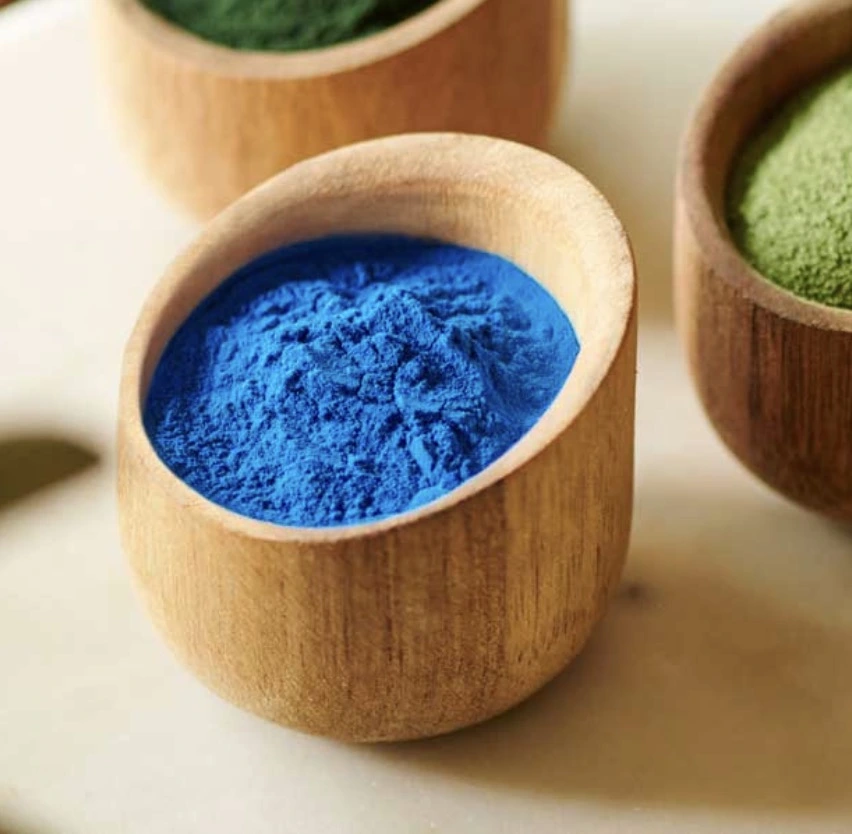Best Natural Sources of Chlorophyll for a Healthy Diet
Chlorophyll, the green pigment found in plants, is not just responsible for their vibrant color – it's also a powerhouse of nutrients with potential health benefits for humans. Incorporating chlorophyll-rich foods into your diet can be an excellent way to boost your overall health and well-being. In this article, we'll explore the best natural sources of chlorophyll and how you can easily add them to your daily meals.
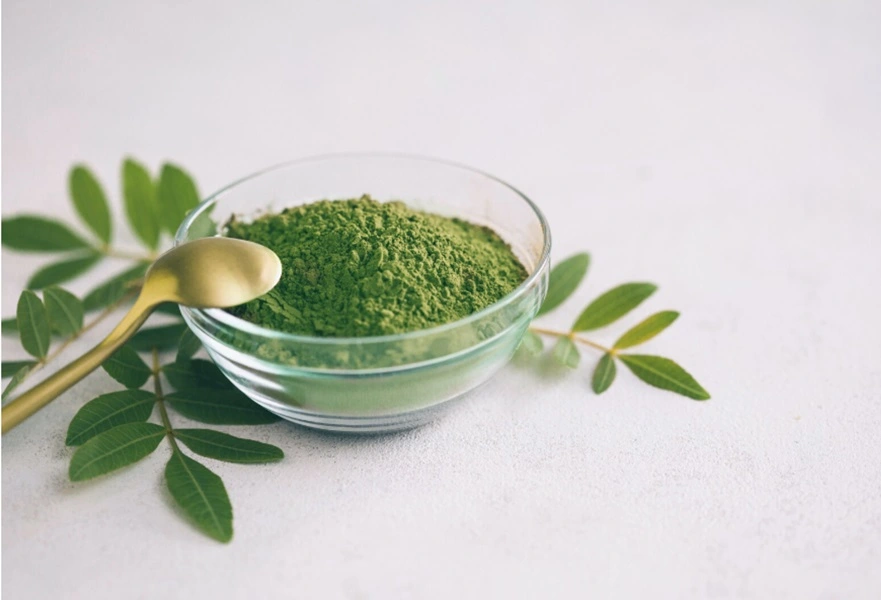
Why Green Vegetables Are Rich in Chlorophyll?
Green vegetables are rich in chlorophyll, which plays a crucial role in photosynthesis. This process enables plants to convert sunlight into energy, with chlorophyll being the key component in this transformation. Typically, the deeper the green color of a vegetable, the higher its chlorophyll content. This natural pigment not only supports the plant’s energy production but also offers various health benefits when consumed, contributing to the vegetable's nutritional value. Chlorophyll is integral to the plant's growth and overall vitality.
Some of the most chlorophyll-rich vegetables include:
- Spinach
- Kale
- Swiss chard
- Collard greens
- Parsley
- Watercress
- Arugula
- Wheatgrass
Green vegetables are rich in chlorophyll, which plays a crucial role in photosynthesis. This process enables plants to convert sunlight into energy, with chlorophyll being the key component in this transformation. Typically, the deeper the green color of a vegetable, the higher its chlorophyll content. This natural pigment not only supports the plant’s energy production but also offers various health benefits when consumed, contributing to the vegetable's nutritional value. Chlorophyll is integral to the plant's growth and overall vitality.

Superfoods High in Chlorophyll You Can Add to Meals
While leafy greens are excellent sources of chlorophyll, there are other superfoods you can easily add to your meals to boost your chlorophyll intake. These foods are not only rich in chlorophyll but also pack a nutritional punch with other beneficial compounds:
1. Chlorella: Chlorella is a type of freshwater algae known for its high chlorophyll content. It is often consumed as a supplement in the form of powder or tablets, making it easy to incorporate into your diet. You can add chlorella powder to smoothies or sprinkle it over salads to boost your intake of this nutrient-dense algae, which is praised for its potential detoxifying properties.
2. Spirulina: Spirulina is another algae that is rich in both chlorophyll and protein. It has a distinct, earthy taste, making it a versatile addition to various dishes. Spirulina can be blended into smoothies, mixed into energy bars, or used as a topping for salads, soups, and other meals. It's a convenient and nutrient-packed way to enhance your diet with a natural source of chlorophyll.
3. Matcha: Matcha is a finely ground green tea powder that boasts a high chlorophyll content. Along with chlorophyll, matcha contains L-theanine, an amino acid that promotes relaxation and calmness. You can enjoy matcha as a traditional tea or add it to smoothies and baked goods, offering a healthy way to benefit from its antioxidant-rich properties and boost your energy levels.
4. Broccoli: Broccoli is a cruciferous vegetable that is packed with chlorophyll as well as sulforaphane, a compound that may have anti-cancer effects. This versatile vegetable can be eaten raw, steamed, or roasted to preserve its nutritional content. Including broccoli in your meals provides not only chlorophyll but also additional health benefits related to its other bioactive compounds.
5. Asparagus: Asparagus is rich in chlorophyll and dietary fiber, making it a highly nutritious vegetable to include in your diet. It can be grilled, roasted, or added to stir-fries, offering a tasty way to enhance the fiber and chlorophyll content of your meals. Asparagus also provides a variety of vitamins and minerals that support overall health.
Incorporating these superfoods into your diet can significantly increase your chlorophyll intake while also providing a wide range of other health benefits.
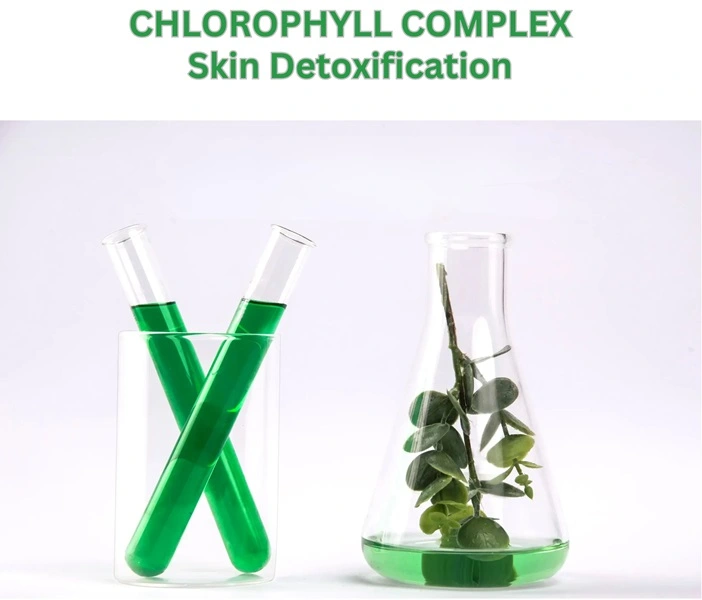
Chlorophyll-Rich Smoothie Recipes for Daily Nutrition
One of the easiest ways to increase your chlorophyll intake is through green smoothies. Here are three delicious and nutritious smoothie recipes that are packed with chlorophyll:
Green Goddess Smoothie
- 2 cups spinach
- 1 ripe banana
- 1 cup almond milk
- 1 tablespoon chia seeds
- 1 teaspoon spirulina powder
- Ice cubes (optional)
Blend all ingredients until smooth. This smoothie is not only rich in chlorophyll but also provides a good dose of potassium, fiber, and omega-3 fatty acids.
hlorophyll Booster Smoothie
- 1 cup kale
- 1/2 cucumber
- 1 green apple
- 1/2 lemon, juiced
- 1 teaspoon chlorella powder
- 1 cup coconut water
Blend all ingredients until smooth. This refreshing smoothie is hydrating and packed with vitamins and minerals.
Matcha Mint Smoothie
- 1 cup unsweetened almond milk
- 1 frozen banana
- 1/2 cup fresh mint leaves
- 1 teaspoon matcha powder
- 1 tablespoon almond butter
- 1 cup spinach
Blend all ingredients until creamy. This smoothie combines the chlorophyll-rich properties of matcha and spinach with the refreshing taste of mint.
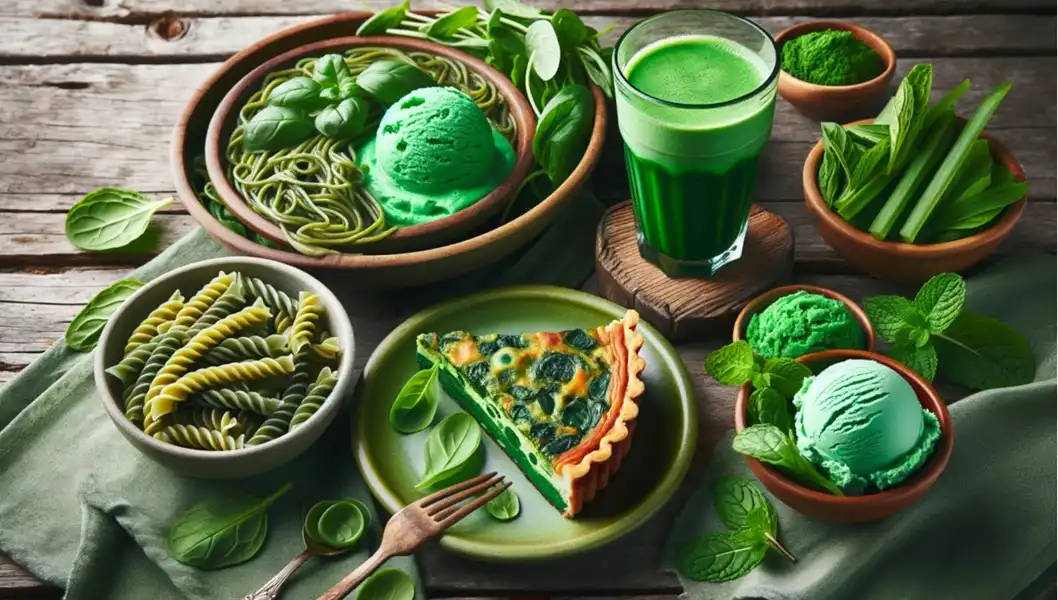
Conclusion
Incorporating chlorophyll-rich foods into your diet is a simple yet effective way to boost your overall health. From leafy greens to superfoods and delicious smoothies, there are numerous ways to increase your chlorophyll intake naturally. Remember, while chlorophyll supplements are available, obtaining this nutrient from whole foods provides additional benefits from other compounds present in these foods.
If you're interested in learning more about natural plant extracts or seeking high-quality chlorophyll-rich ingredients for your products, don't hesitate to reach out to us at info@yanggebiotech.com. Our team of experts is ready to assist you in finding the perfect natural solutions for your needs.
References
1. Smith, J. (2021). The Nutritional Power of Chlorophyll: A Comprehensive Review. Journal of Plant-Based Nutrition, 15(3), 245-260.
2. Johnson, A., et al. (2020). Chlorophyll-Rich Foods and Their Impact on Human Health: A Systematic Review. Nutrients, 12(8), 2355.
3. Brown, M. (2019). Superfoods: Unlocking the Power of Chlorophyll. International Journal of Food Sciences and Nutrition, 70(6), 665-678.
4. Davis, R., & Wilson, K. (2018). The Role of Chlorophyll in Human Nutrition: Current Understanding and Future Perspectives. Advances in Nutrition, 9(1), 1-7.
5. Green, S. (2022). Chlorophyll: Nature's Hidden Healer. Phytochemistry Reviews, 21(2), 301-315.

Based on your location and order quantity, you will have the opportunity to receive a limited time free shipping promotion!
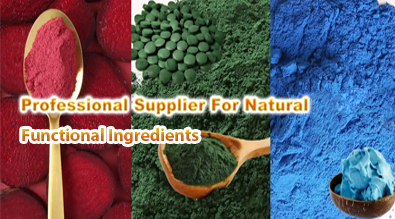
Who we are

